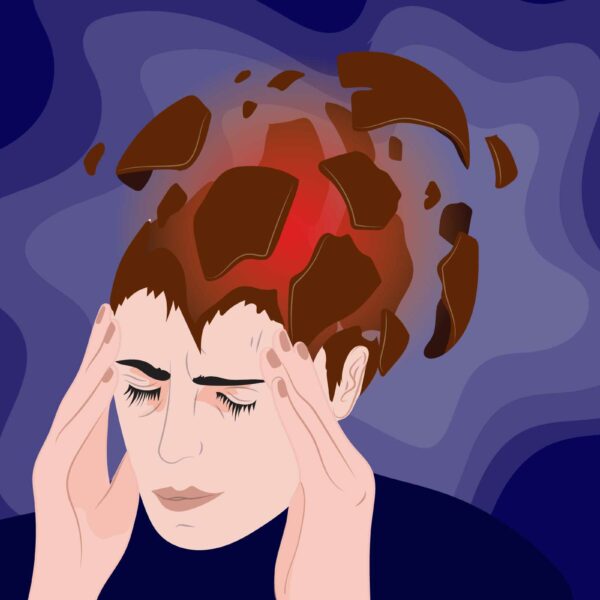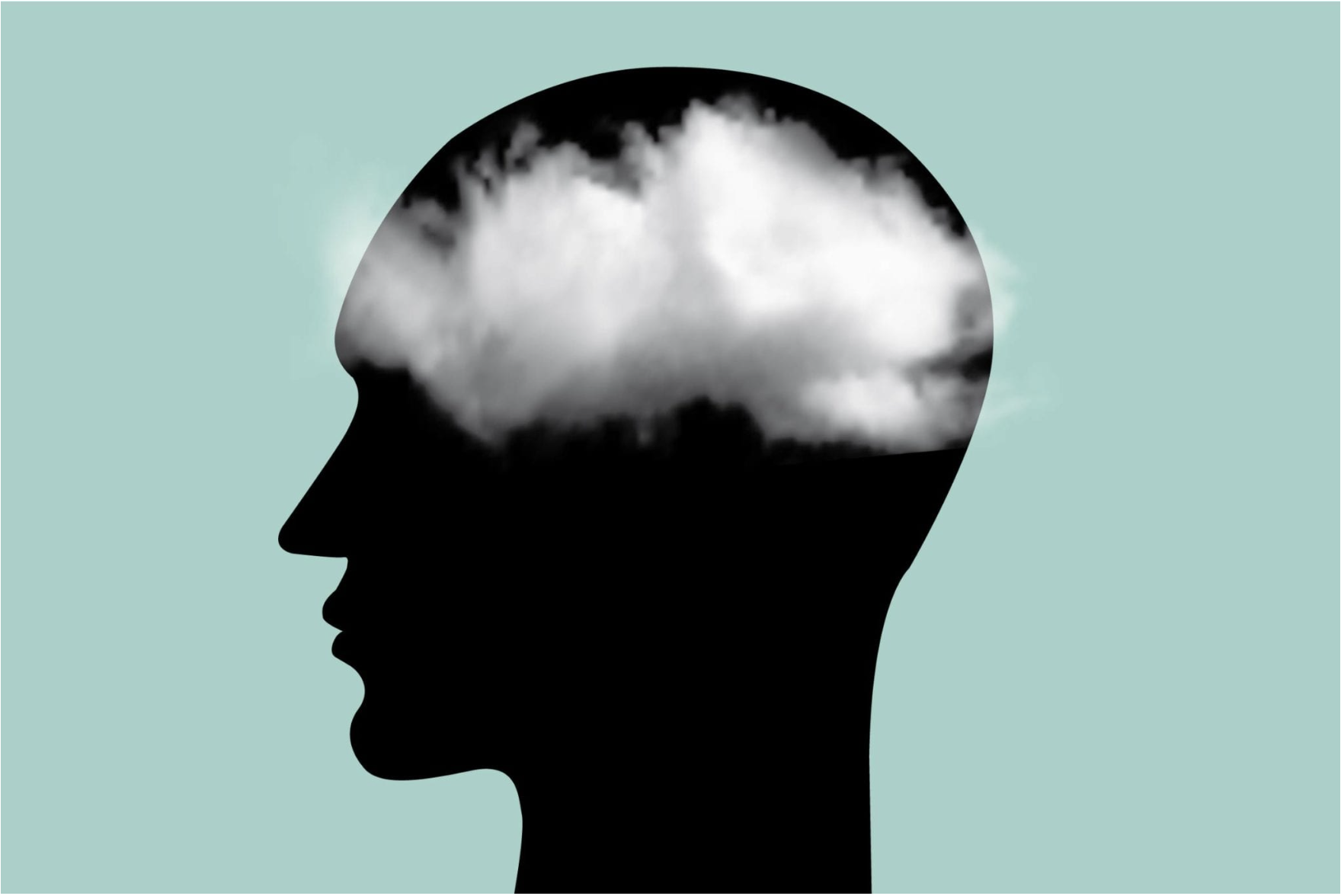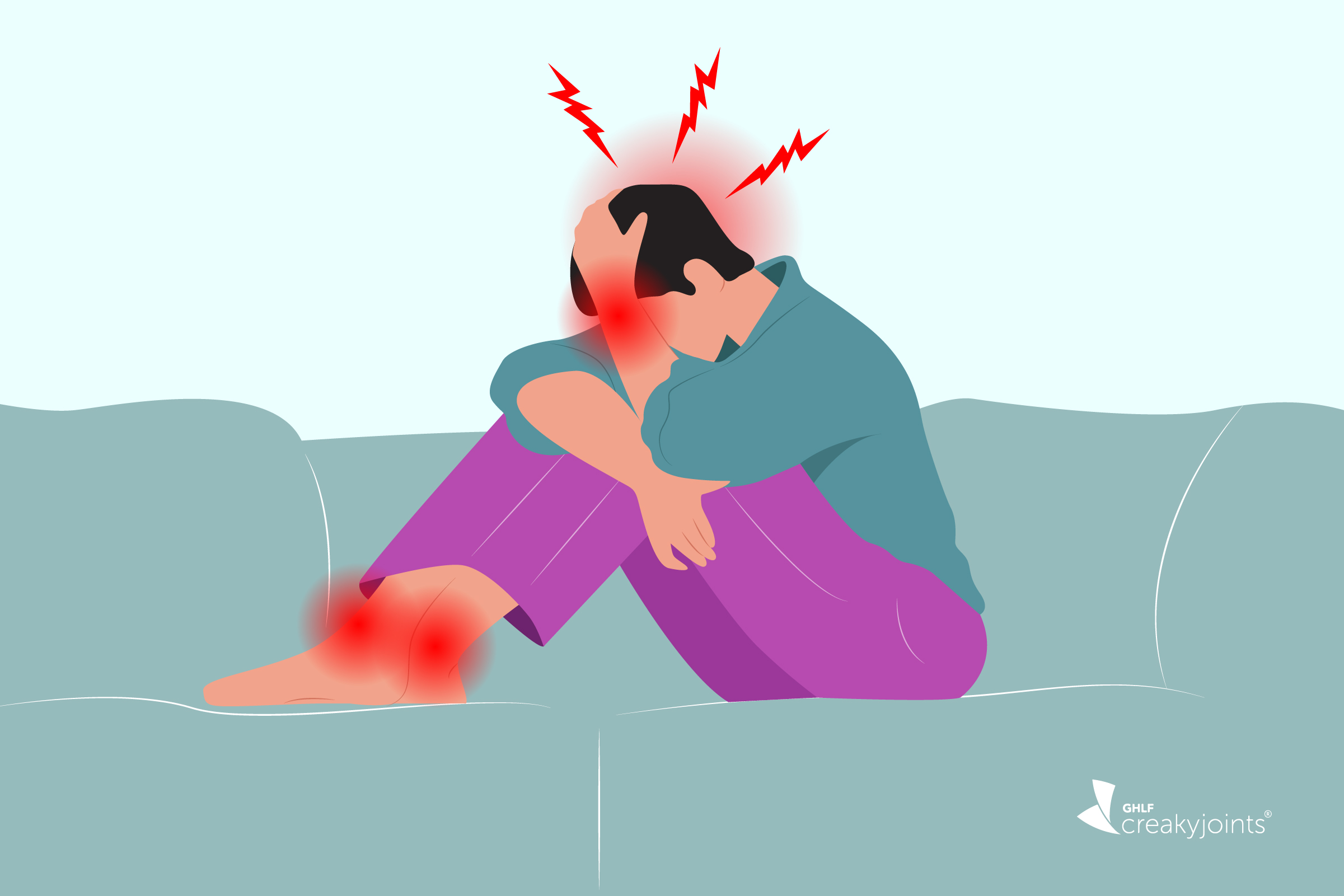Discover the symptoms of brain fog linked to migraine and learn coping strategies to manage cognitive challenges.
IS IT A MIGRAINE OR A STROKE? GETTING IT WRONG HAPPENS IN 18% OF CASES, SAYS NEW STUDY
IS IT A MIGRAINE OR A STROKE? GETTING IT WRONG HAPPENS IN 18% OF CASES, SAYS NEW STUDY
December 3, 2018
Barbara Brody

It’s easy to mistake migraine with aura for stroke, especially when you don’t get migraine attacks regularly.
When someone is having a stroke, time is of the essence. If it’s an ischemic stroke — the most common kind, which is caused by a clot blocking blood flow to the brain — you need a drug called tPA (tissue plasminogen activator) ASAP. This medication quickly breaks up blood clots, restoring normal blood flow and, in turn, minimizing brain damage. It could even save your life.
But what if what looks like a stroke is actually a terrible migraine attack? Doctors sometimes get it wrong, and the consequences can be serious.
R. Allan Purdy, MD, of Dalhousie University in Canada, discussed this problem at the recent American Headache Society Scottsdale Headache Symposium. He pointed to research, published earlier this year in the journal Cephalalgia, which found that 7 percent of people given tPA got this drug inappropriately, because it turned out they weren’t actually having a stroke at all. Sometimes a seizure or psychiatric disorder was responsible for the stroke-like symptoms, but in 18 percent of those cases the patient was having a migraine with aura.
Although the Cephalalgia study found that adverse effects were rare, tPA does have potentially serious side effects — namely that it can cause bleeding into the brain.
The key problem is the time crunch: While imaging tests can reveal whether someone is actually having an ischemic stroke, these tests take time — and in the case of a stroke, every minute wasted means more brain cells die. In fact, new stroke management guidelines encourage doctors to administer tPA when ischemic stroke is strongly suspected rather than “delaying treatment to pursue additional diagnostic studies.”
The confusion about migraine vs. stroke stems from the fact that migraine and stroke can cause symptoms like severe head pain and vision changes. How to tell what’s going on? “It’s not the headache that you can analyze and determine whether it’s a stroke mimic, because a lot of patients with transient ischemic attack [a “mini” stroke] and stroke have headache,” Purdy told MedPage Today.
Visual changes like seeing flashes of light or having blind spots are also common with both migraine with aura and stroke, but Purdy said there are differences in their onset: The aura that sometimes proceeds a migraine usually progresses in a “slow march” and lasts for about 20 minutes. In contrast, visual changes caused by stroke tend to come on abruptly.
You can find more tips on distinguishing between stroke and migraine here.
If you’re interested in becoming a migraine advocate to help improve care and medication access for people with migraine, join our 50-State Network advocacy group.
SUBSCRIBE TO GHLF
RELATED POST AND PAGES
_
Was this article helpful?
YesNo





This Post Has 0 Comments